What is matcha green tea and why has it become such a beloved ingredient around the world? This finely ground powder made from shade-grown green tea leaves isn’t just a wellness trend; it’s a centuries-old tradition rooted in Japanese culture.
My love for matcha began a decade ago out of curiosity for exploring new cuisines, but it wasn’t until I visited Kyoto that I truly understood its depth and beauty. From quiet moments in traditional teahouses to watching the ceremonial preparation of matcha, I gained a deeper appreciation for everything this vibrant green tea represents. In this post, I’ll share everything I’ve learned about matcha green tea, how to use it and my favourite way to enjoy it: a creamy matcha latte you can make at home.
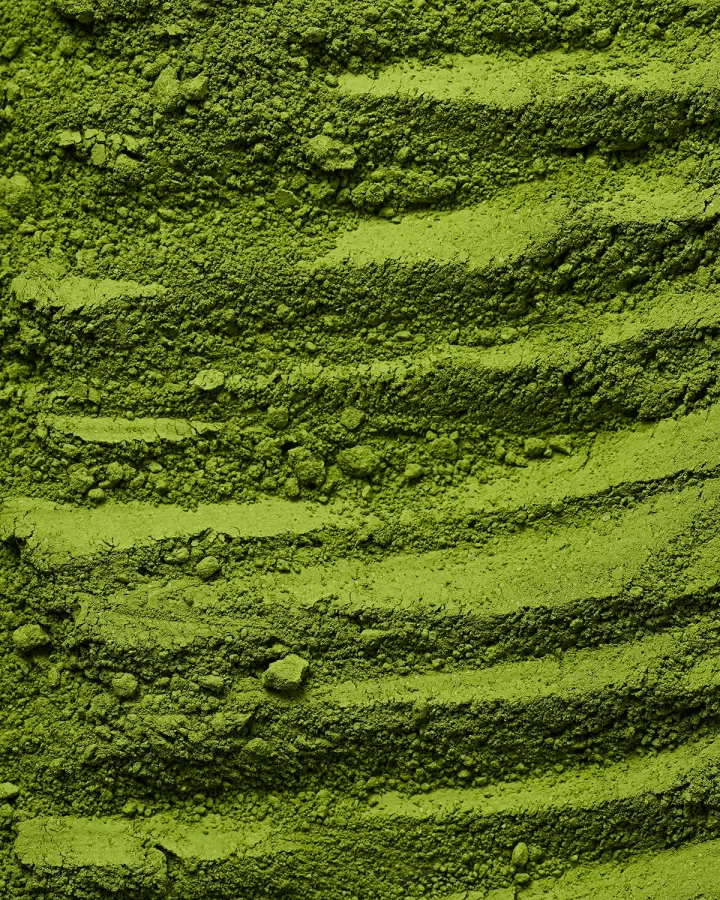
Jump to:
🍵 What Is Matcha?
Translated, matcha literally means powdered tea, with Ma meaning powder and Cha meaning tea in English. Matcha tea, black tea and green tea all come from the same plant, the Camelia Sinensis. The difference between them is in the preparation. With regular green tea, the leaves are infused in water and then removed, while matcha leaves are ground and consumed whole.
Matcha vs Green Tea
While matcha comes from the same plant as green tea, it has a different nutritional profile, and the general consensus is that it comes with more health benefits.
Matcha tea contains more caffeine than regular green tea, but still less than coffee or black tea. It also appears to contain more EGCg, a powerful antioxidant. Most importantly, while matcha will boost your energy levels due to caffeine, it doesn’t come with the jitters and energy slump often associated with drinking coffee or traditionally brewed tea.
Types of Matcha
Buying matcha for the first time can be confusing, and I’m not just talking about all the different brands out there.
The most significant distinction is between ceremonial and culinary grade matcha. You can find a very good explanation for how to pick the right matcha grade for your needs at matchasource.com, but essentially there are four different grades of matcha:
Ceremony grade
- Flavour profile – vegetal and creamy, delicate and sweet
- Price – upper price range
- Use – tea whisked in a bowl
Classic grade
- Flavour profile – creamy with a distinct bitter note
- Price – upper middle price range
- Use – tea whisked in a bowl
Cafe grade
- Flavour profile – full bodied, grassy, slightly astringent
- Price – lower middle price range
- Use – lattes, blended drinks, desserts and other recipes
Kitchen grade
- Flavour profile – most astringent
- Price – lower price range
- Use – lattes, blended drinks, desserts and other recipes
How It’s Made
Matcha isn’t just any green tea. It’s made using a careful and traditional process that gives it its vibrant colour, smooth texture and unique flavour.
It all starts with shade-grown tea leaves. About three to four weeks before harvest, the tea plants are covered to block direct sunlight. This slows their growth and boosts chlorophyll levels, which is what gives matcha its deep green color and higher concentration of nutrients (especially L-theanine and caffeine).
Once the leaves are ready, they’re harvested by hand and only the youngest, most tender leaves are selected. These leaves are then steamed to stop oxidation, keeping the flavour fresh and the colour bright. After steaming, they’re dried and sorted, and the stems and veins are removed. What remains is called tencha.
Finally, the tencha is stone-ground into a fine powder using traditional granite mills. This slow, delicate process preserves the nutrients and flavour, and it’s what turns tencha into matcha powder.
💚 Matcha Tea Benefits
Matcha, like other green teas, is a great source of antioxidants, including the powerful EGCg, and has a range of positive effects on the body. Among other things, it:
- Provides vitamin C, selenium, chromium, zinc and magnesium
- Is rich in fiber, chlorophyll and vitamins
- Detoxifies effectively and naturally
- Boosts metabolism and burns calories
- Calms the mind and relaxes the body
- Enhances mood and aids in concentration
- Helps fight fatigue
- Gives you better breath, as it inhibits the growth of germs
Is Matcha Good for You When You’re Sick?
Matcha is rich in catechins, a type of antioxidant that is found in tea leaves. This antioxidant not only helps to prevent colds, but can also reduce inflammation when you do have a cold. Moreover, drinking matcha will provide you with a gentle caffeine boost without the jitters, which can be very useful when you’re feeling under the weather.
Is Matcha Good for Weight Loss?
Matcha has a number of benefits, but the most popular question remains – can matcha help me lose weight? The truth is, no supplement, or drug, or tea can miraculously help you shed those excess pounds. If you want to lose weight, you’ve got to adopt a healthier diet and become more physically active.
However, matcha contains certain nutrients, such as caffeine and antioxidants, that boost your metabolism slightly, which can help you burn a few extra calories and give you more energy, making it easier to be more active. Plus, it’s tasty and filling, while low in calories, which makes it helpful if you’re dieting.
Is Matcha Good for Your Skin?
Yes. Matcha is antibacterial and contains incredibly high levels of epigallocatechin gallate (EGCG), which is helpful in reducing inflammation. Moreover, the antioxidants are also known to be beneficial for reducing acne and increasing skin elasticity.
Is Matcha Good for Anxiety?
According to a recent study, matcha does have calming effects, helping to reduce anxiety, as it activates dopamine and serotonin receptors. You can find the full study on the effects of matcha tea on anxiety here.
Is Matcha Good for PCOS?
Matcha does not offer specific hormone balancing benefits, but it does contain a load of amazing health benefits that can help you begin to heal some of your PCOS symptoms.
Will Drinking Matcha Give You Energy?
Absolutely! The combination of naturally occurring amino acids plus small amounts of caffeine give an instant energy boost, but without the jitters or energy slump associated with drinking coffee.
Matcha is both a stimulant and a relaxant, which is why Buddhist monks used it as an aid in meditation. The stimulation from the caffeine kept them alert, while the amino acids kept them calm and focused. A cup of matcha generally provides 4 to 6 hours of mild steady energy.
Can You Drink Matcha While Pregnant?
It’s recommended to limit the amount of caffeine to under 200mg a day when pregnant. A teaspoon, or a cup of matcha, has only about 30mg of caffeine. In comparison, coffee has about 150mg/8 ounces, depending on how it is brewed.
However, if you’re feeling unsure about consuming caffeine during your pregnancy, or want more information, it’s always best to ask your doctor.
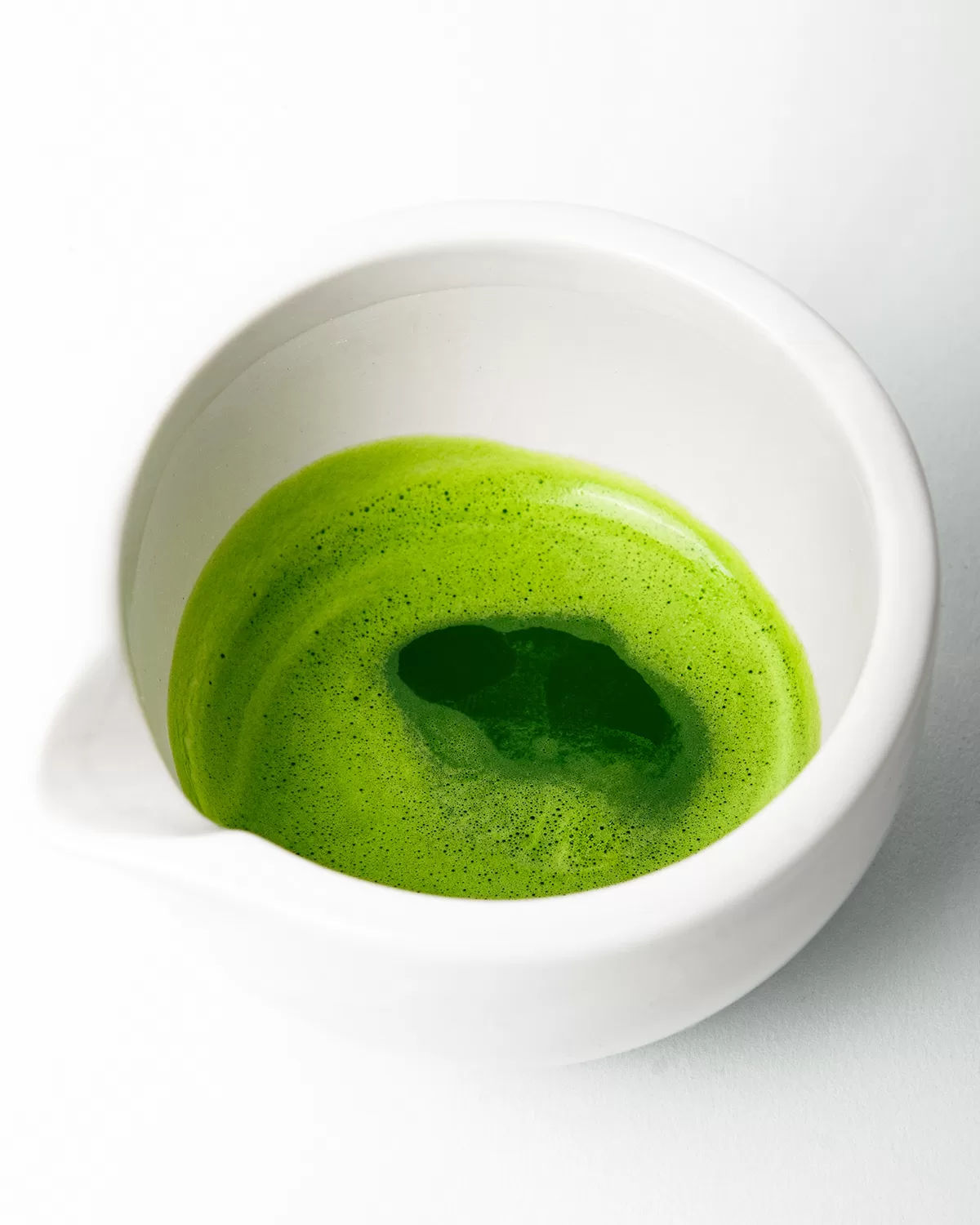
🗻 My Matcha Journey: From Curiosity to Kyoto
I first started drinking matcha green tea over a decade ago, mostly out of curiosity. I was already deep into green tea and health foods, and matcha just seemed like the next step—cooler, trendier and packed with benefits. Unlike coffee, which never really grew on me, matcha offered a calmer kind of energy, and I quickly fell in love with its earthy, slightly sweet flavour. It didn’t take long before I started experimenting with it in baking too. Matcha cookies, cakes and lattes became regulars in my kitchen.
But it wasn’t until I travelled to Japan, that I truly understood what matcha meant beyond the cup.
Kyoto, and especially the nearby region of Uji, is considered the heart of traditional Japanese matcha culture. What struck me most during my visit was how deeply woven matcha is into everyday life there. Not just as a drink, but as a flavour, a ritual and even a souvenir. I ate matcha every single day of that trip. From chewy mochi and buttery cookies to matcha cakes, ice cream and pastries, I couldn’t get enough.
One of the most memorable moments was visiting a traditional teahouse in Kyoto, where I watched matcha being prepared the ceremonial way. It was nothing like my quick morning whisk-and-go routine back home. Everything, from the exact water temperature (not too hot, not too cool), to the texture of the bamboo whisk, to the precise wrist movements, was intentional and artful. The process was slower, more meditative and much more demanding than I expected. That experience gave me a whole new appreciation for matcha as something not just to drink, but to respect.
🗒️ How to Prepare Matcha Green Tea
Making a fine cup of matcha tea is easier than you thought.
Step One: Sift Matcha Tea Powder
Sifting matcha in advance helps it dissolve more easily. Put the desired amount of matcha powder into the sifter using a chashaku tea spoon or a measuring spoon and sift it directly into the matcha bowl.
Step Two: Prepare Hot Water
It’s important to use soft water. You can either use bottled water or filtered tap water. Boil the water and let it cool to 80C (176F) or 70C (158F) for milder flavour. If possible, use a kitchen thermometer.
Step Three: Whisk the Tea
Add hot water to the bowl with matcha, raise the bowl slightly and whip vigorously, but avoid swiveling the tea around. When the tea turns into a fine creamy foam, slow down and move the whisk over the surface to remove larger air bubbles. You can top it with more hot water, or add milk and sweetener for a latte.
Will I Need Any Special Utensils?
No, you can technically do it with a small bowl or mug and a teaspoon. However, there are some utensils that can make preparing matcha a lot more efficient and pleasurable, and turn your matcha drinking into a proper ritual.
- Chawan – a tea bowl used for preparing matcha tea. You can serve and drink it from the same bowl.
- Chashaku tea spoon – a natural bamboo measuring spoon that makes it easier to scoop out a small amount of matcha and to dose it more precisely.
- Chasen – a bamboo whisk, made from a single piece of bamboo split into an array of delicate tines, used to finely whisk matcha powder.
- Sifter – it’s recommended to use a sifter or strainer to help break up clumps of powder in the matcha and prepare a perfectly smooth bowl of tea.
Best Milk for Making Matcha Latte
Unlike regular green tea, matcha pairs beautifully with milk, which is why matcha lattes have become so popular. But if you’re drinking matcha for its health benefits, it’s worth paying attention to the kind of milk you use.
Dairy milk contains a protein called casein, which can bind to the catechins, the powerful antioxidants found in matcha, and may reduce your body’s ability to absorb them. So if your goal is to get the most out of matcha’s health properties, it’s best to skip the dairy.
I personally love using coconut milk for its creamy texture and subtle sweetness. You can also try almond, oat or soy milk. Each one adds its own flavour and character to the latte, so it’s worth experimenting to find your favourite.
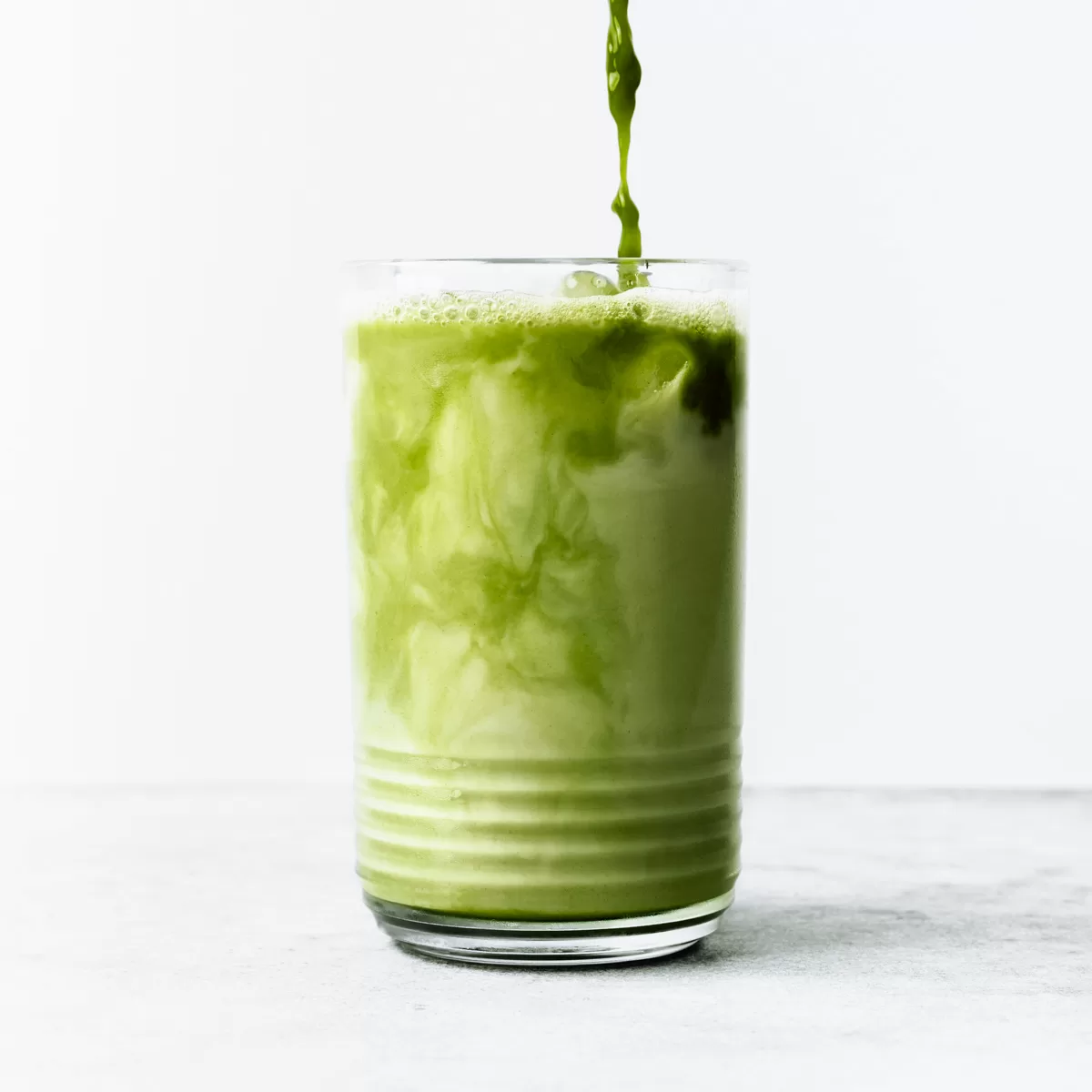
What Is the Best Time to Drink Matcha?
It’s perfectly acceptable to drink matcha any time you crave it, but you will be most grateful for its invigorating properties when you enjoy it:
- Before exercise – consuming green tea increases the body’s capability of burning calories dramatically, up to 35-43%, and matcha can increase your physical endurance up to 24%.
- Before work – matcha helps to ease stress through its active ingredient, L-theanine. This creates alpha waves in the brain that induce a state of relaxed alertness. Plus, matcha can even improve your ability to absorb and retain new information.
- As a pick me up – matcha will boost your energy due to its caffeine content, but without the crash. Because it’s both a stimulant and a relaxant, it’s perfect for consuming between lunch and dinner.
Is It Safe to Drink Matcha Every Day?
Yes, you can absolutely enjoy at least one cup of matcha tea every day. The average adult can safely consume 400mg of caffeine a day, and matcha has around 70mg of caffeine per teaspoon, or 1 cup of matcha.
This means you could safely consume up to 5 ½ cups of matcha a day. However, matcha is also very rich in fibre, so if your digestive system has been sluggish, you may experience some renewed digestive vitality. It’s important to pay attention to how matcha is affecting your digestion.
It’s best to avoid drinking matcha at these times:
- Very early in the morning or on an empty stomach, as it can lead to stomach upset.
- At the same time as your main meals, as it can reduce the absorption of vitamin B1 in your body.
- After 5pm in the evening, as caffeine stays in the bloodstream for up to 5 hours.
🥣 How to Use Matcha in Cooking
Cafe grade and kitchen grade matcha are used in cooking and drink making recipes. They are stronger in taste and will hold up to sweeteners and other ingredients, plus they’re often on the less expensive side, so you can easily use a bit more. I love adding matcha to milk drinks, yogurt and homemade ice cream, or using it in baking.
These are some of my favourite recipes with matcha.
💬 FAQs
Matcha has about 30mg caffeine/teaspoon of powder. In comparison, coffee has about 150 mg/8 ounces, depending on how it is brewed.
A good quality matcha is slightly sweet, with vegetal grassy notes and pleasant bitter undertones. If you like the taste of green or black tea, you’re most likely going to like matcha. Milk, honey or other sweeteners can be added to make it sweeter.
Yes! Matcha is often called a “near future” tea, as you’ll want to consume it as soon as possible. Once opened, it will retain its colour, flavour and aroma for up to 2 months. It’s best to buy matcha in small quantities and store it in the fridge to preserve its freshness.
Both! It really depends on your preference and the season. For an iced matcha latte, simply whisk your matcha as usual and pour it over a glass of ice with your favourite milk.

Matcha Green Tea Latte Recipe
Ingredients
- 1 teaspoon matcha powder
- ¼ cup (60 ml) hot water
- 1 cup (240 ml) plant-based milk cold or warmed
- 1 teaspoon maple syrup, honey, stevia, or sweetener of choice optional
Instructions
- Sift 1 teaspoon of matcha powder into a mug using a small sifter.
- Add approximately ¼ cup (60ml) hot water. For best results, use water just under a boil. Whisk vigorously in a zigzag motion until the tea is frothy.
- Top it off with your favourite non-dairy milk, either hot or cold, and sweeten it to taste. Enjoy your matcha latte straight from the bowl.

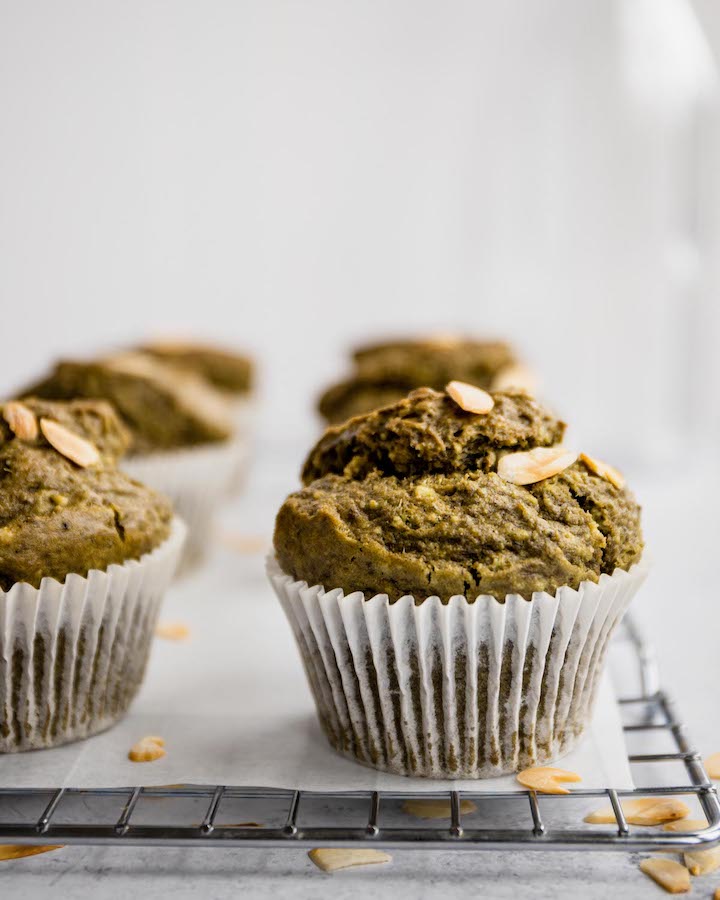
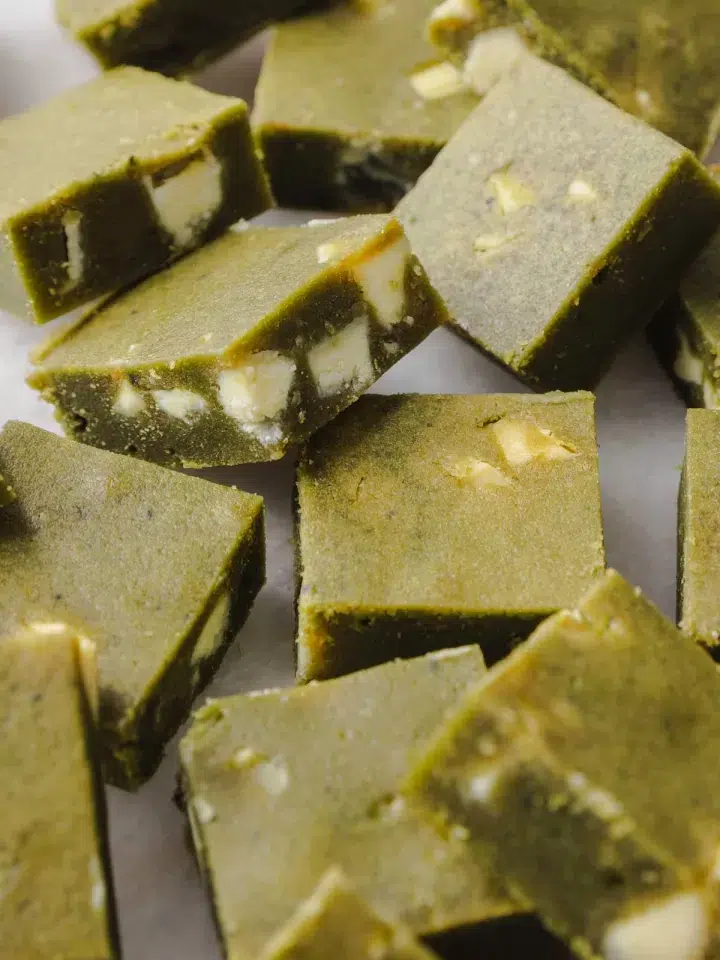
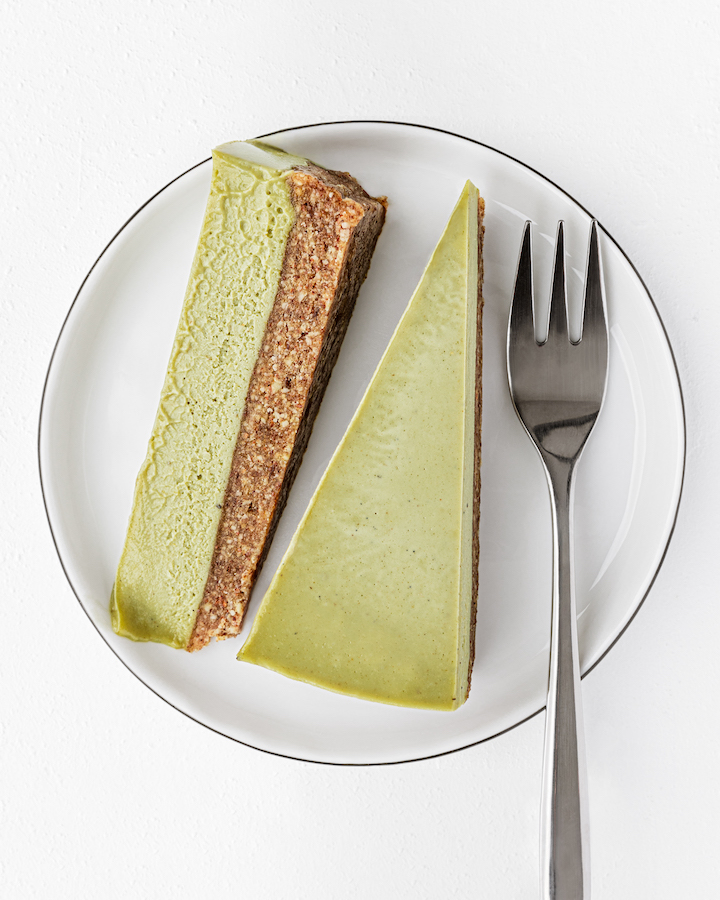
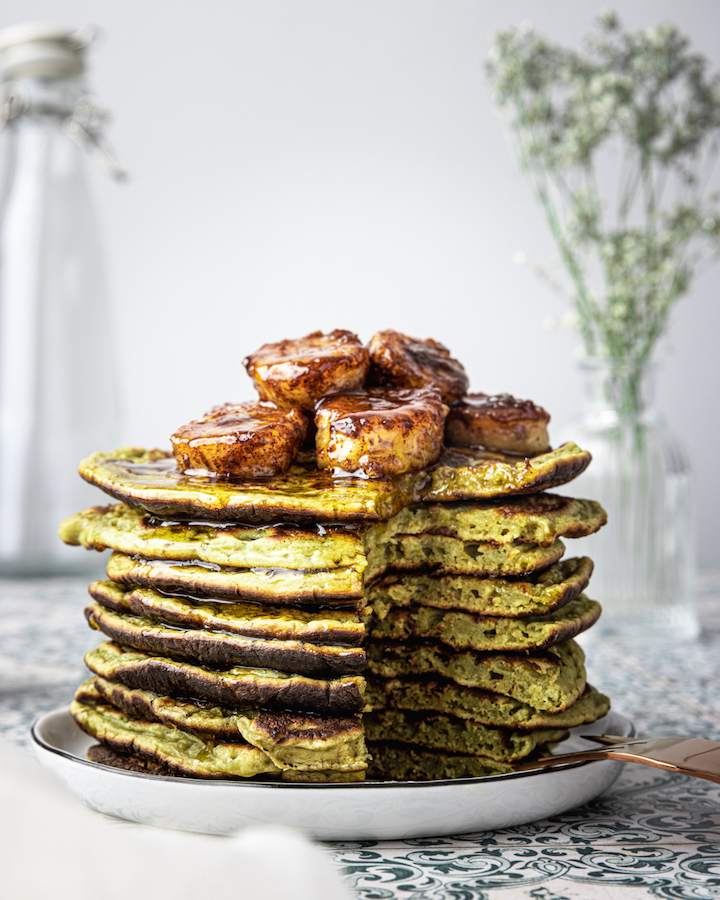
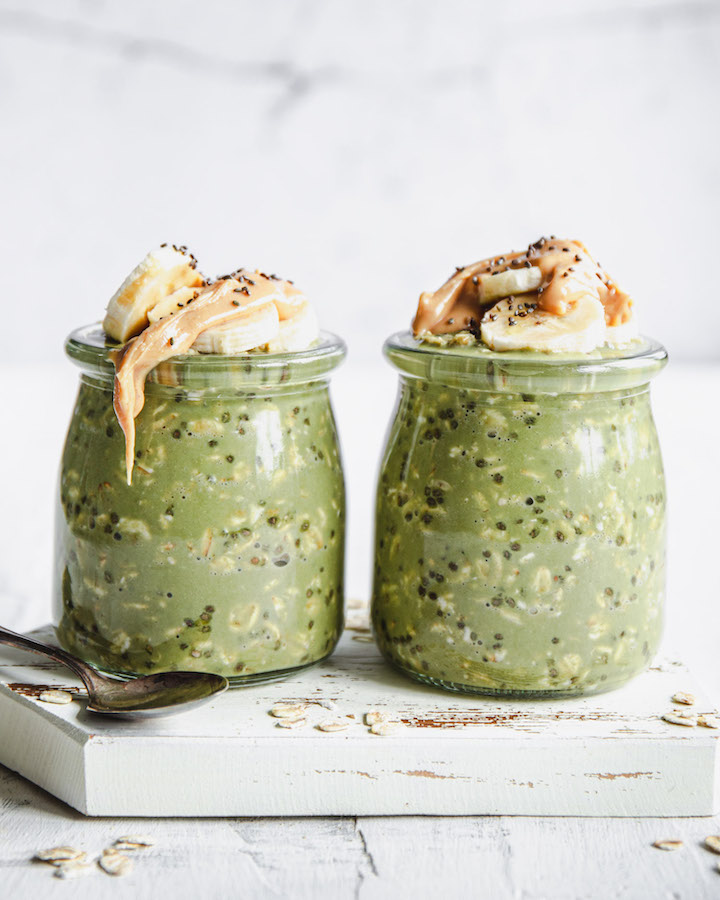
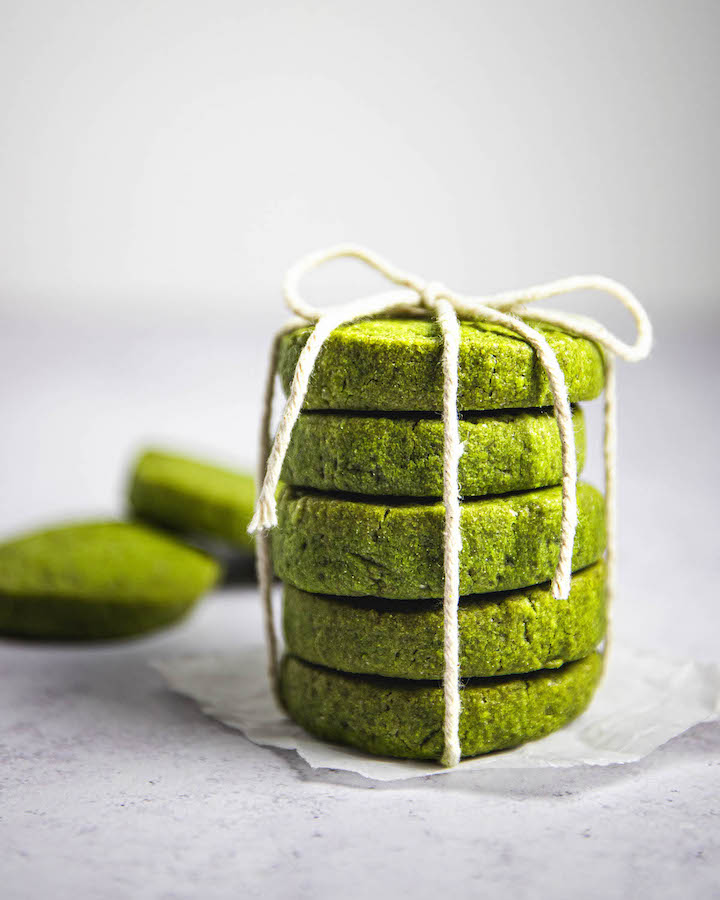
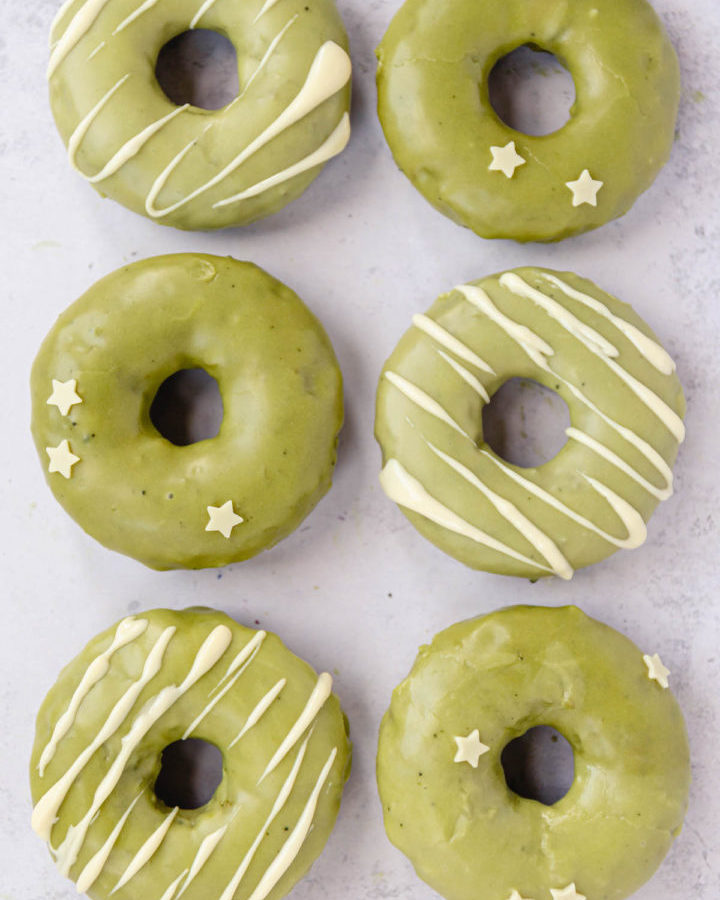
Leave a Reply